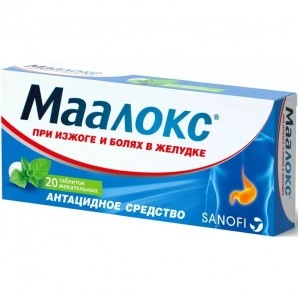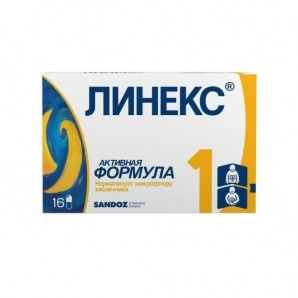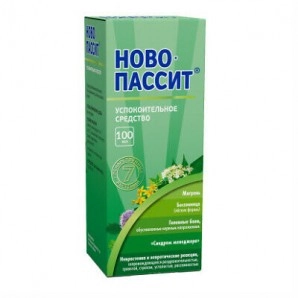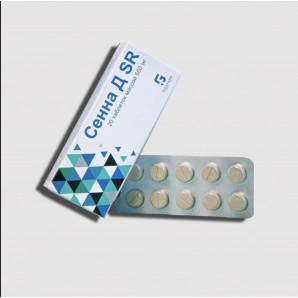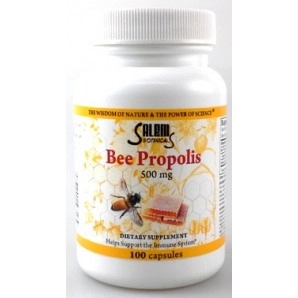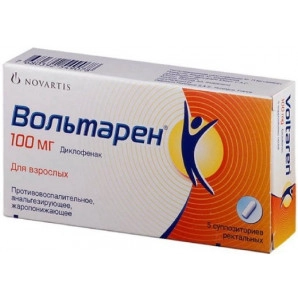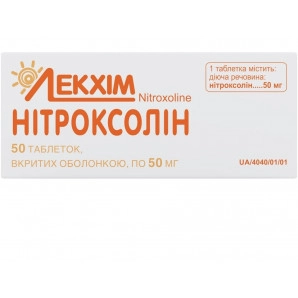-
PC
- Allergy
- Antiparasitic Agents
- Painkillers and Antispasmodics
- Venotonics
- Dermatological Agents
- Gastrointestinal Tract
- Immunomodulators
- Infectious and Inflammatory
- Weight Control, Weight Loss
- Neurological Agents
- Ophthalmic Preparations
- Cardiovascular Diseases
- Sleep Aids
- Cold and Flu Remedies
- Thyroid Disorders
- Diabetes Treatments
- Urological Agents
- Sedatives
- Ear Drops
- Vitamins and Minerals
- Men's Health
- Women's Health
- Laxatives
- Liver Disease Treatments
- Hemorrhoid Treatments
- Nasal Drops and Sprays
- Antiseptic
- Bruises and Contusions
- Antifungal Agents
- Blood Pressure Medications
- Joint Pain
- Oils
- Dry Herbs & Berries
- Ointments
- Herbal Teas
- Tinctures
- Syrups
- Beauty
This information is for general purposes only and should not be considered as medical advice. Always consult with a qualified healthcare professional for any medical concerns or questions you may have.
Royal jelly is a substance secreted by worker bees that is used to nourish queen bees. This natural product has quickly gained popularity for its potential health benefits and medicinal properties. Read on to learn more about the ingredients and composition, indications and uses, precautions and side effects, and the overall conclusion of royal jelly. Please note that this article is for informational purposes only and should not be considered medical advice.
Ingredients and Composition
Royal jelly contains a variety of nutrients, including proteins, sugars, lipids, vitamins, and minerals. It also contains unique compounds such as 10-Hydroxy-2-decenoic acid (10-HDA), which is believed to have antimicrobial and anti-inflammatory properties. This composition makes royal jelly a potentially valuable natural medicine.Indications and Uses
Royal jelly has been used for various purposes, including as a dietary supplement, skin cream, and in alternative medicine practices. It is believed to have potential benefits for improving skin health, boosting the immune system, reducing inflammation, and even supporting hormone balance. However, more research is needed to fully understand the extent of its potential uses.Precautions and Side Effects
While royal jelly is generally considered safe for most people, there are some potential side effects and precautions to consider. Allergic reactions are possible, especially in individuals with allergies to bee products. Additionally, royal jelly may interact with certain medications, so it's important to consult with a healthcare professional before using it.Conclusion
Royal jelly is a natural product with promising potential for health and wellness. Its unique composition and reported benefits make it an attractive option for those seeking natural alternatives. However, it's important to use caution and seek guidance from a healthcare provider before adding royal jelly to your routine. As with any natural remedy, it's essential to approach it with an understanding of its limitations and potential risks. Note: This article is for informational purposes only and should not be considered medical advice.Additional Information
| SKU | 2463 |
|---|---|
| Brand | Generic |
| Size | No |
| Manufacturer | No |
- Be the first to review this product
Write Your Own Review
Products on sale
Regular Price: $7.99
Special Price $4.99
Regular Price: $7.99
Special Price $5.99
Regular Price: $4.99
Special Price $2.99
Regular Price: $10.99
Special Price $8.99
Regular Price: $14.99
Special Price $11.99
Regular Price: $49.99
Special Price $34.99
Regular Price: $51.99
Special Price $34.99
Regular Price: $4.99
Special Price $2.50
Regular Price: $38.99
Special Price $29.99
Also Purchased










